It happens that the contractor forgets to place the expansion joints in the floor properly or does not do it at all. As a result of this mistake, the floor cracks a lot and it is necessary to repair it by cutting, cleaning, priming and filling with an expansion joint compound. And if the expansion joint is only WB DILATATION, a permanently elastic polyurethane compound that allows the joint to be sealed and allows micro movements of the floor to be transmitted.
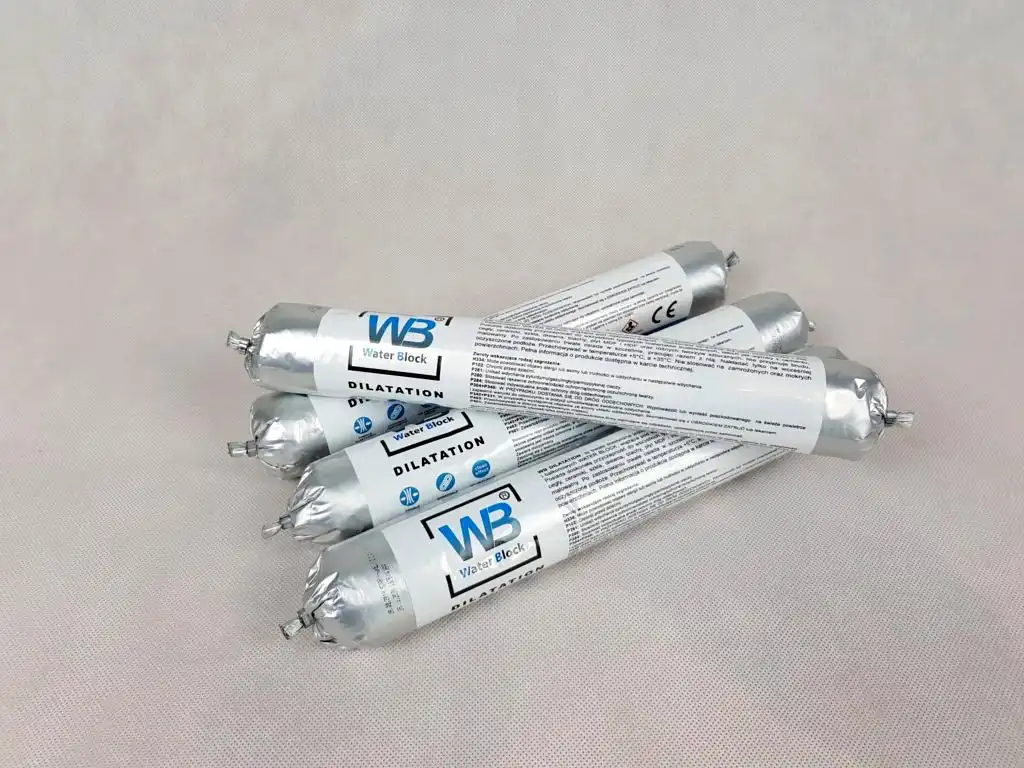
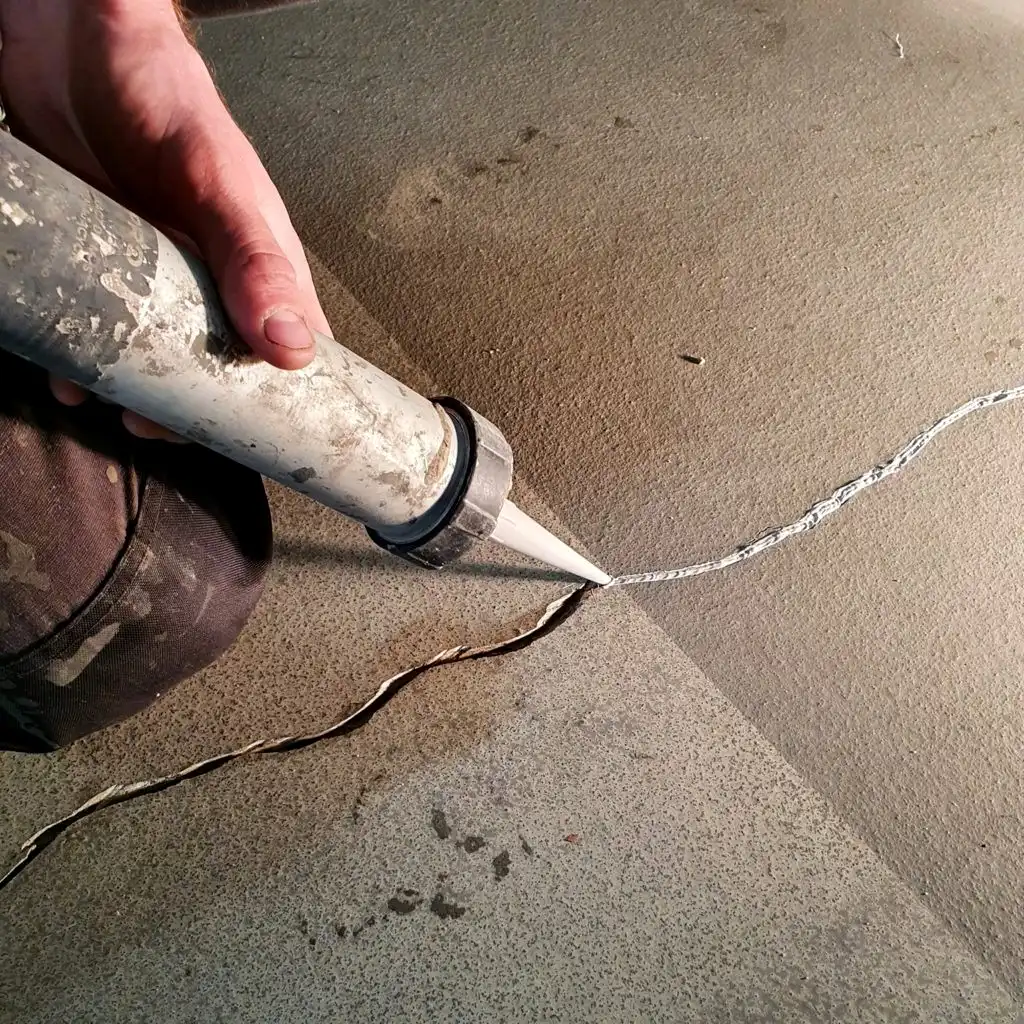
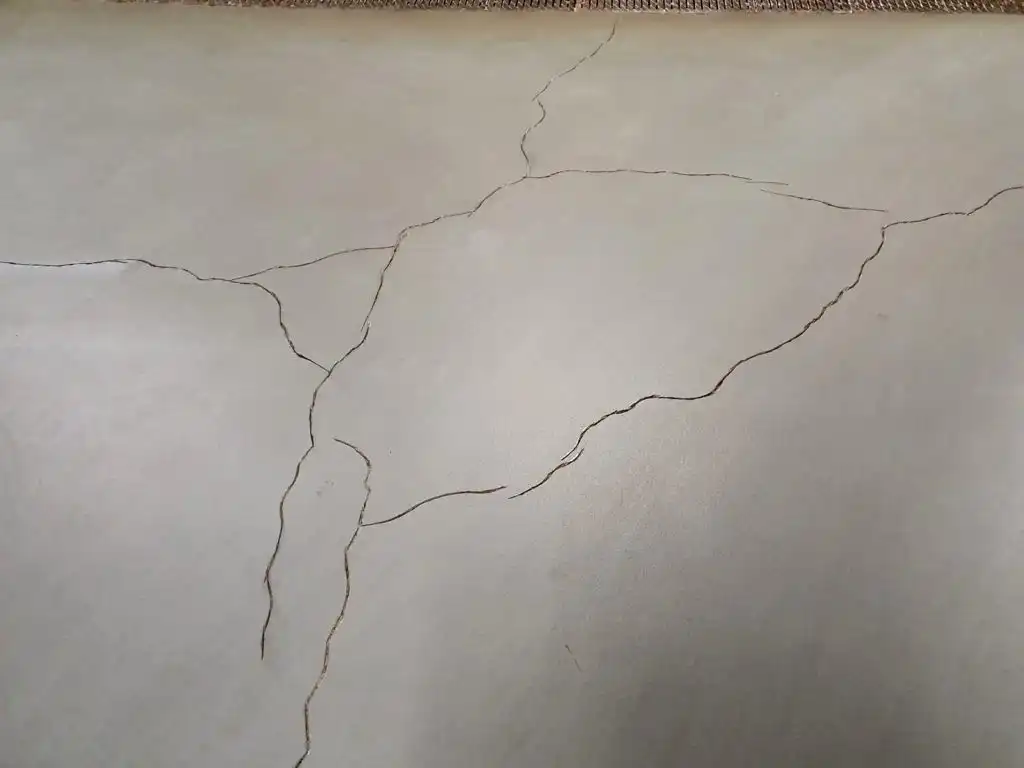
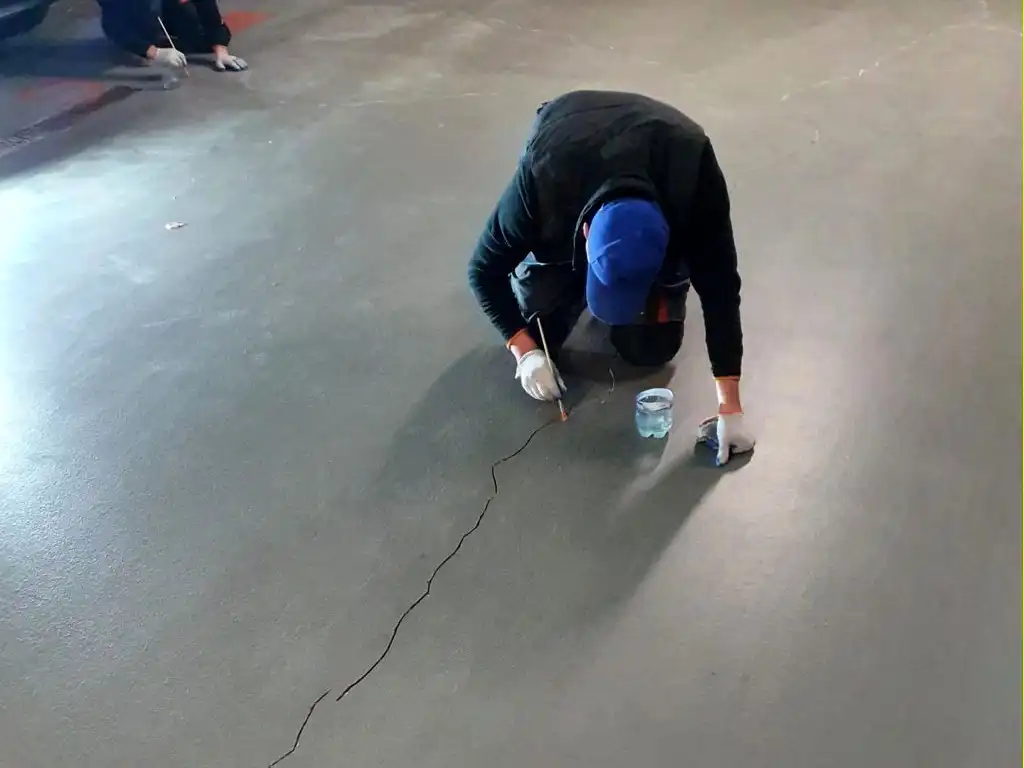
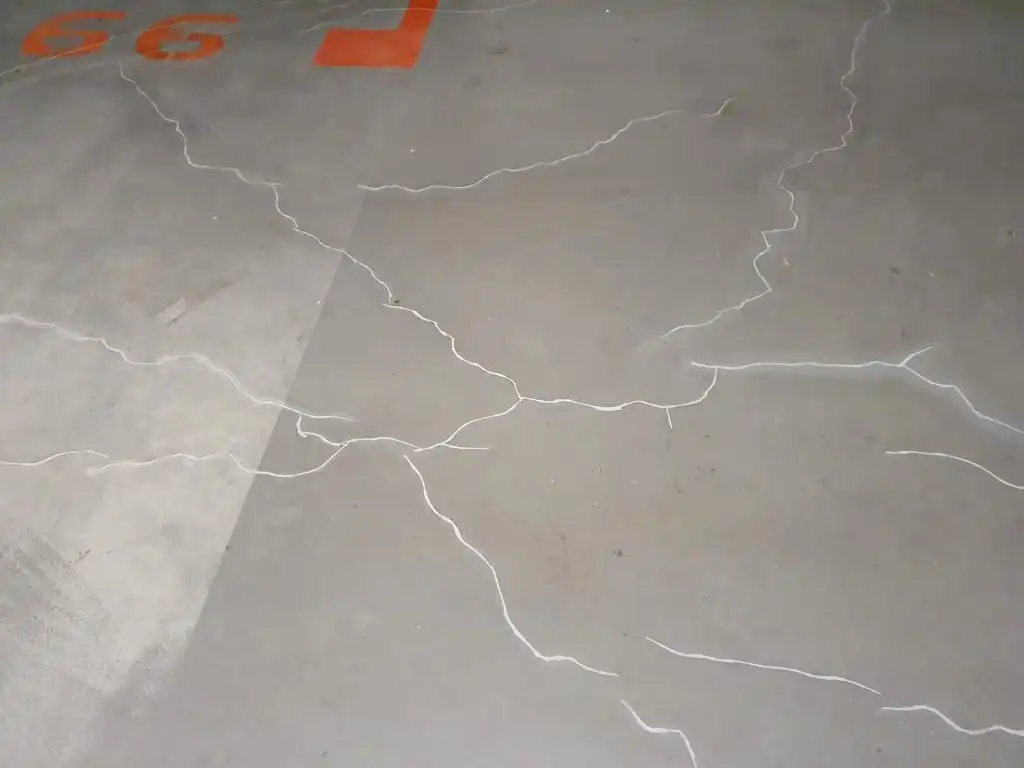
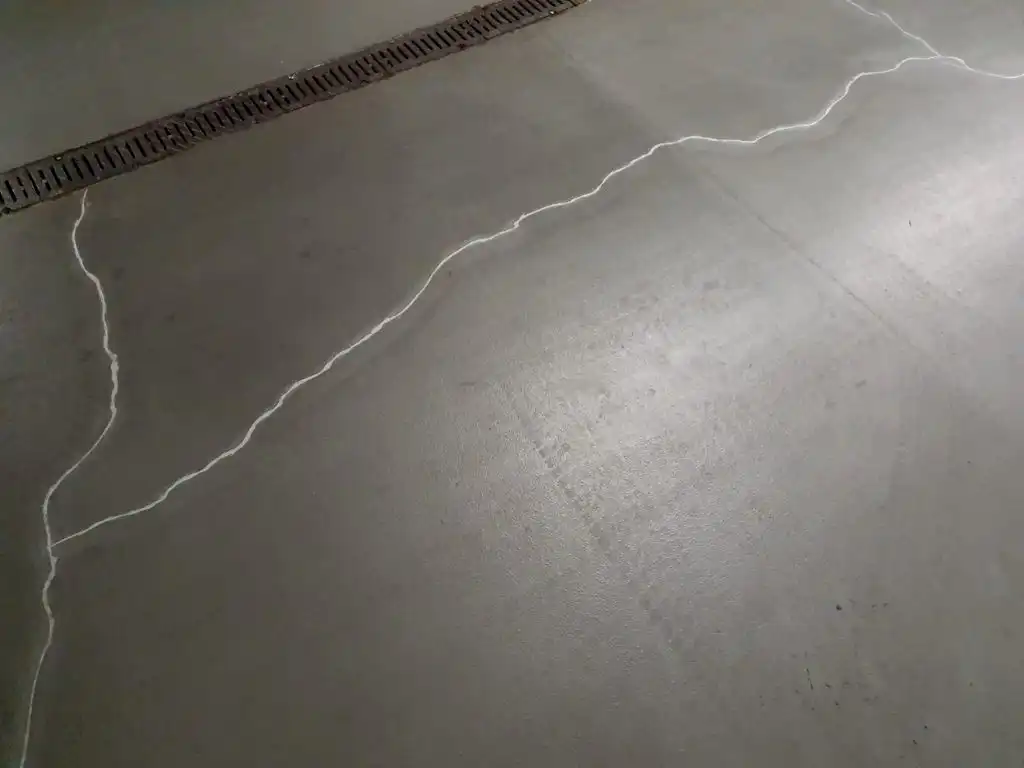
Why is dilation so important?
Concrete floors use so-called expansion joints to control the existing surface tension. This helps to prevent cracking and deformation. So the main task of the expansion joints is to transfer loads and displacements in such a way that, if anything, the concrete floor only cracks in the designated areas.
Expansion joint repair is actually the full restoration of the gap or edge of the floor. Depending on the damage to the floor, its repair consists of a full restoration of the cracks in the floor. The defects are filled with materone. WB Dilatation - a single-component compound that requires no preparation.
Once the deformation has been removed, we protect the surface from being damaged again.
To fill a crack or gap, the crack itself must first be properly prepared. It is necessary removal of all loose concrete fragments from the damaged area. It is then best to dust them off using an industrial hoover or compressor. Fillers work on damp substrates so you can also use a pressure washer for this purpose and rinse the crack.
In order to glue cracks in concrete, i.e. a crack occurs on a horizontal surface, it is necessary to fill it to the brim with m1TP2Body. WB Dilatation - Durably elastic single-component joint filler that bonds to moisture. It has excellent adhesion to all types of m1TP2Building materials, i.e. cement products, bricks, ceramics, glass, wood, sheet metal, MDF and HDF boards and various plastics. It does not take on dirt and is paintable. Once applied, it settles permanently in the joint, working with it.
Filling cracks and fissures in concrete is an important repair process to restore the concrete structure. Cracks and fissures can develop for a variety of reasons, such as weathering, mechanical damage, corrosion or defects in design or workmanship. Filling these defects prevents further development and hinders access to water, air and other substances that can affect the strength of the concrete.
